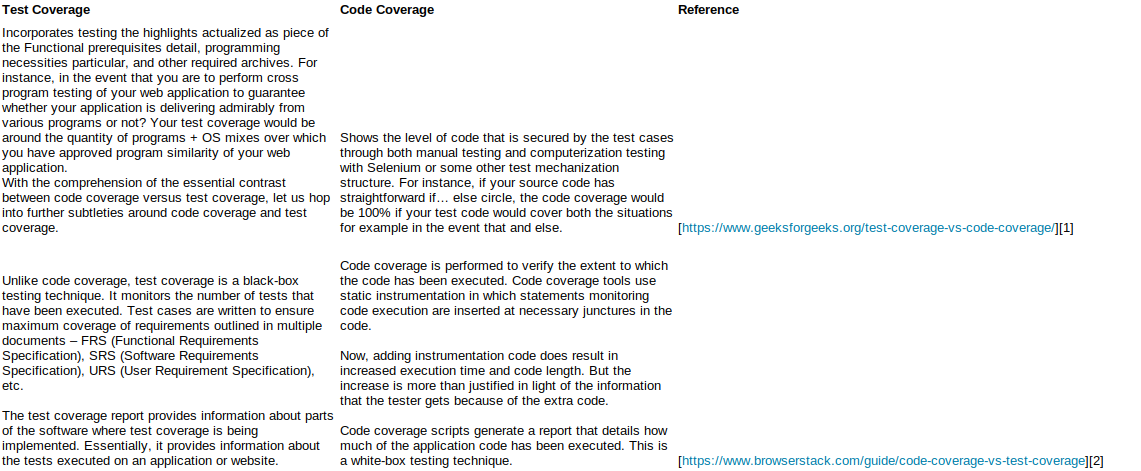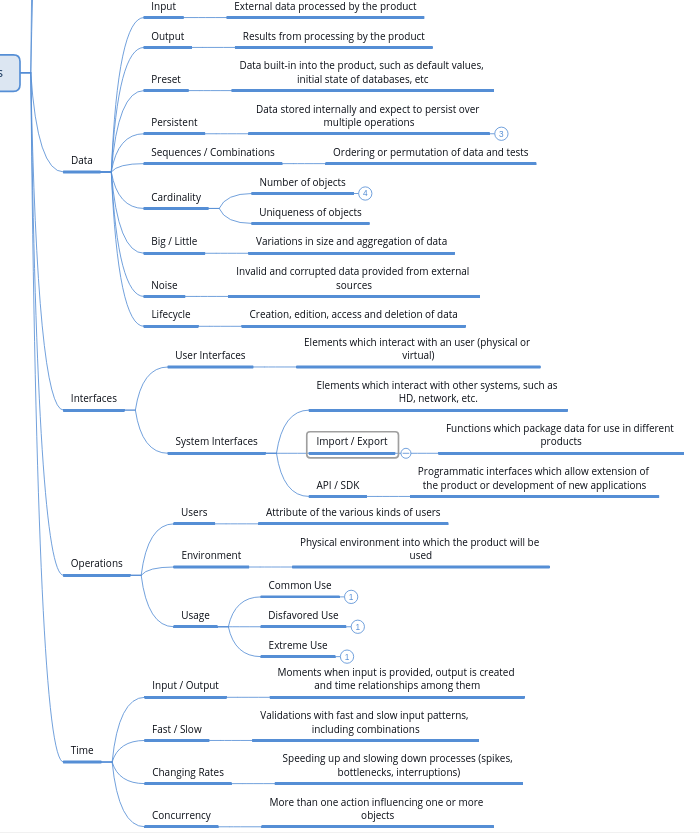My team asked me to measure the Test coverage percentage via a tool i choose ( how many tests from the app features are covered by automated testing ) , so i added the gitlab coverage badge and now i m getting a percentage of coverage but it's obviously the code coverage:
so what's the difference between code coverage and test coverage ?
this badge is displaying the percentage of what exactly ?
is there any way to calculate test coverage based on all the app features ?


